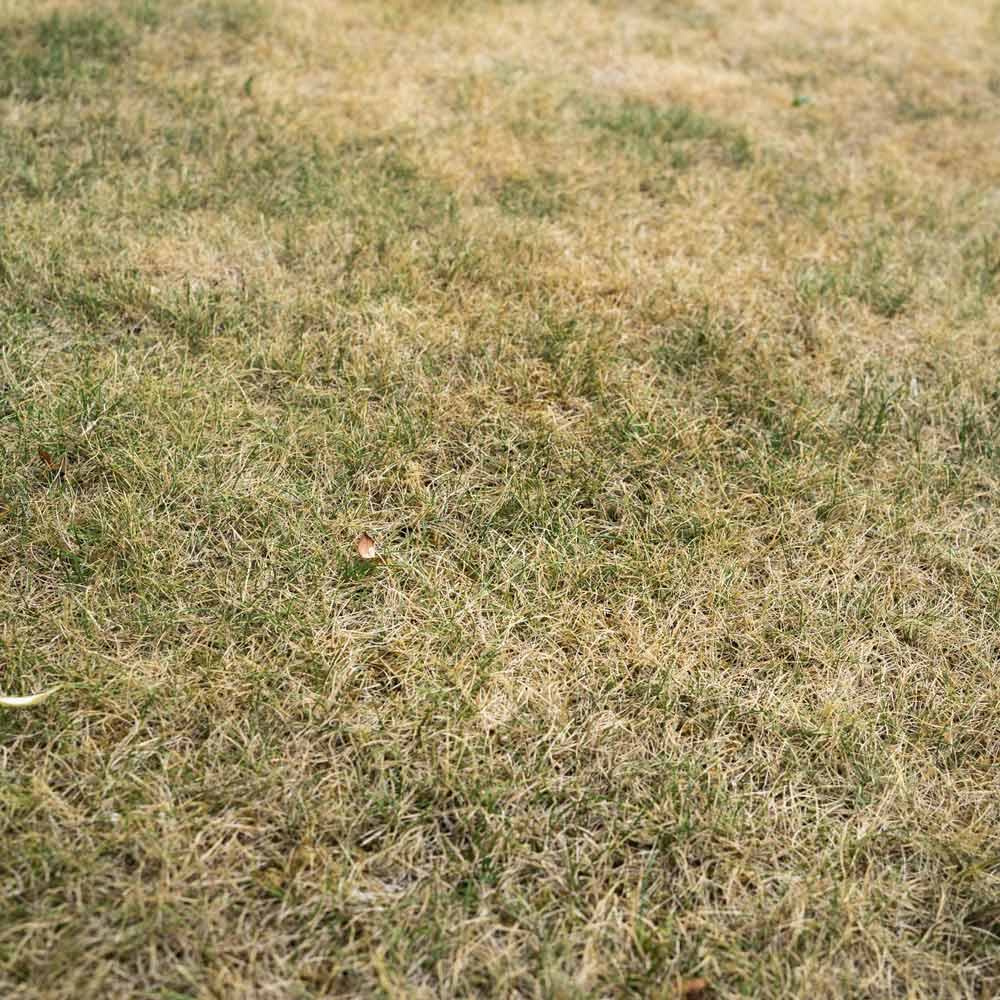Continuing lawn maintenance during the summer is essential, not only for helping your lawn endure the heat of the summer, but also to prepare it for the colder months.
While incredibly important, midsummer lawn care is super simple and doesn’t require hours of work in the yard. With these four midsummer lawn care tips, your lawn will be set to face the heat of the summer months.
 Learn how to keep your lawn healthy even on the hottest days of the summer.
Learn how to keep your lawn healthy even on the hottest days of the summer.
lisegagne / E+ / Getty Images Plus
1. Water your lawn correctly.
Generally, grass only needs about 1-2” of water per week for healthy growth and greening. This water includes rainfall, in addition to water that you may apply to your grass during the week.
Make sure to apply the right amount of water on the right timing schedule for your grass type. Keep in mind that frequent light waterings will produce shallow and weak roots, while less frequent but deeply soaking waterings will encourage strong, deep root growth.
The time of day when you water your lawn is also important. Morning is usually the best time for irrigation, as it steers clear of the disease and insects that can overtake a wet yard in the night and the issue of evaporation with lawns that are watered in the afternoon.
 One way to tell whether your grass has died or simply gone dormant is to pull some grass out. If the grass comes up easily, it is most likely dead, if there is some resistance, then it is likely that the grass has gone dormant.
One way to tell whether your grass has died or simply gone dormant is to pull some grass out. If the grass comes up easily, it is most likely dead, if there is some resistance, then it is likely that the grass has gone dormant.
KasiaJanus / iStock / Getty Images Plus
2. Don’t panic if your lawn goes dormant.
If you put a lot of work into your lawn in the spring, the last thing you want to see is the grass turning brown in the middle of July. But, not to worry, in most cases, your grass is still alive.
Cool-season grasses can go dormant when temperatures rise. This protective mechanism, characterized by the browning of grass, is known as drought dormancy. A lawn will stay in a dormant state until cooler and rainier weather arrives. Most lawns can last at least 3-4 weeks in this dormant state. You can help your lawn survive drought dormancy by continuing to follow sound lawn maintenance practices until more favorable weather conditions ensue.
3. Check your soil’s health.
Sometime between early spring and early fall, you should check your soil’s health with a soil test kit. You can buy a soil test kit at an independent garden center, a big box store, or you can order one through your state’s extension program.
Your soil test results will tell you what nutrients are missing from your soil, and whether the PH levels are off. Plan to fix any soil problems in the fall to ensure you have healthy turf to make it through the tough winter months.
4. Mow correctly.
With the increased growth that occurs during the midsummer months, you may be tempted to scalp your lawn so that you don’t have to mow it every week.
Resist the temptation. When you cut your grass too short you provide room for weeds to grow. Not only that but shortening grass subjects your lawn to an increased risk of disease and insect infestation.
Your grass can survive the rigors of summer when you stay on top of lawn maintenance. Follow good cultural practices throughout the summer, and your cool-season lawn will be happily recovered when temperatures cool off.